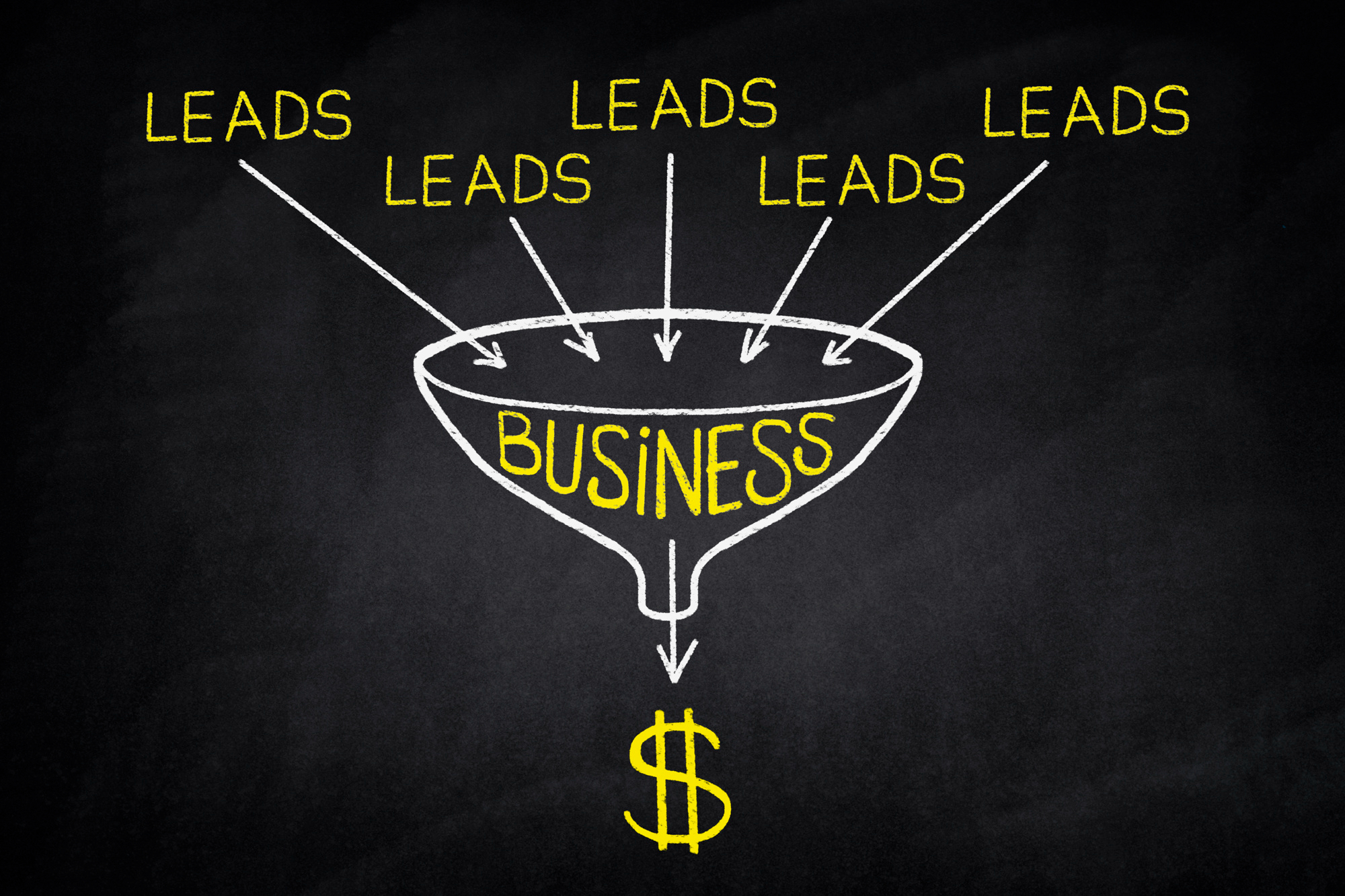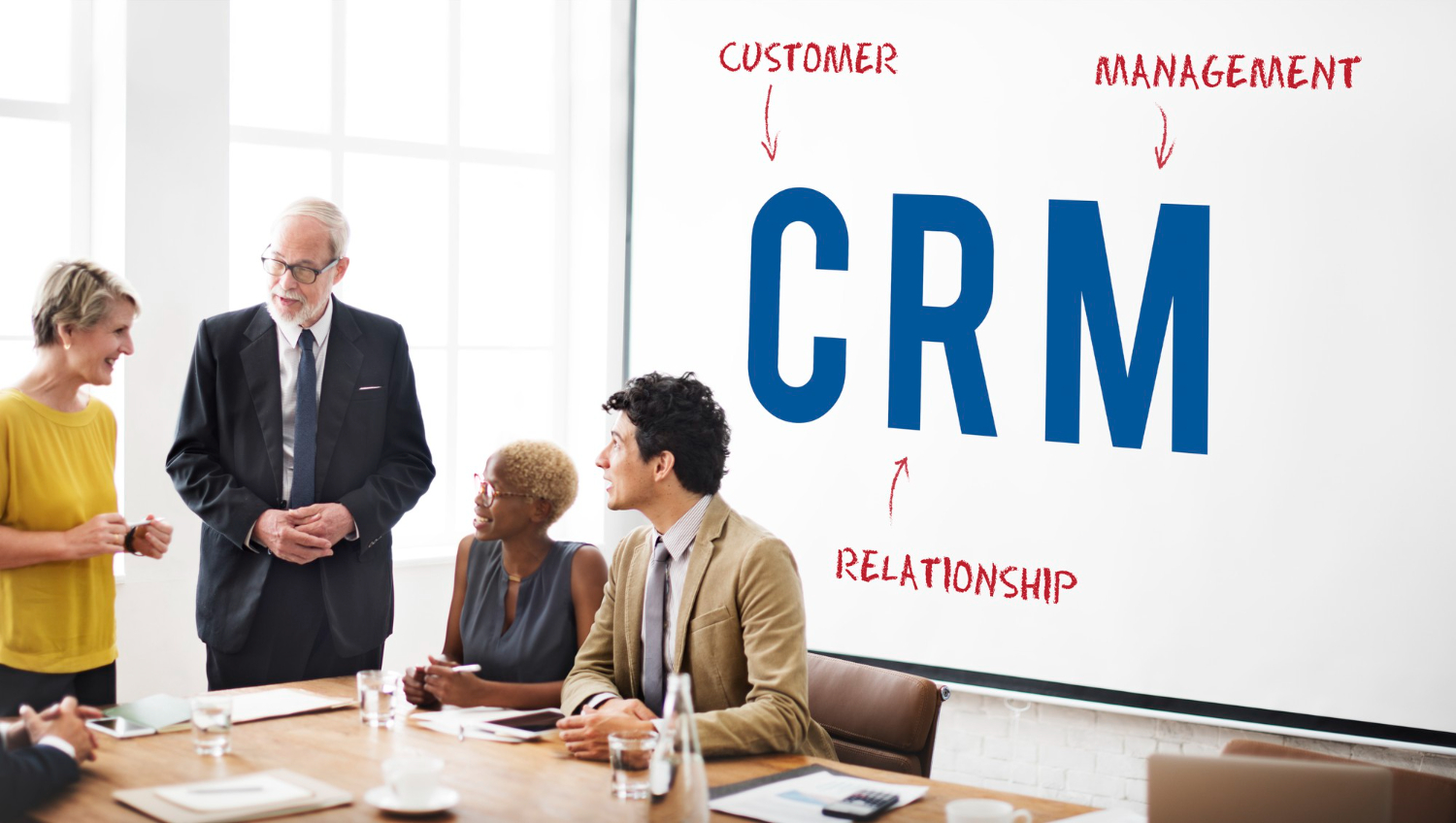Sales teams of organizations are always finding ways to improve customer engagement to drive sales. At a time when wealth of information is readily and easily available to customers to review and select without the tactics of high-pressure selling, it is hard to get past multiple competitions.
A customer-centric sales process zero-in on the overall satisfaction of the customer in all areas of business engagement that goes beyond product or service purchase. Customers are influenced by the trust they develop within the sales process that oftentimes have little to do with what is being sold to them.
WHAT IS CUSTOMER EXPERIENCE
A study by PWC, summarizes how customer experience impacts the company’s bottom line. At the point of sales, organizations that focused on their customer perspective saw an increase in sale by seventy three percent. In the same study, they indicated that thirty two percent of customers have turned their backs on their favorite brand because of a single bad experience.
Customer experience is being achieved when there is a conscious mindset within an organization where the customer is at the center stage of their operations. They intentionally build their business strategies around the causes and effects of their products to the customers receiving it. It makes sure that all areas of product delivery results in customer satisfaction leading to swift sales conversion.
This overall goal indicates that customer experience is a responsibility of the whole organization. And by being dedicated to such methodology, it becomes the main differentiator and driver of better business in the space they operate in.
Customer experience is being achieved when there is a conscious mindset within an organization where the customer is at the center stage of their operations. They intentionally build their business strategies around the causes and effects of their products to the customers receiving it. It makes sure that all areas of product delivery results in customer satisfaction leading to swift sales conversion.
This overall goal indicates that customer experience is a responsibility of the whole organization. And by being dedicated to such methodology, it becomes the main differentiator and driver of better business in the space they operate in.
Customers, however, are not the only champions in this methodology. Employee engagement likewise increases, with 93% of employees of customer-centric organizations expressing pride and loyalty as a result.
HOW CUSTOMER EXPERIENCE DIFFERS FROM CUSTOMER SERVICE
Organizations that are newly-adapting to the method may confuse customer experience with customer service. Though they have a common goal of customer satisfaction, there’s a significant difference between the two.
Customer experience takes into consideration the entire buyer’s journey customers go through as well as their desired outcome for each transaction. Through enormous research on customer behaviors they are able to study unspoken expectations of each customer and use such data as a competitive advantage in the market.
Customer Service on the other hand is service-related and focuses on the direct interaction and situational responses between a business front liner and the customer receiving the product or service at the point of sale. It operates around the company-mandated customer standards that require minimal service skill to uphold.
GEARING TOWARDS CUSTOMER EXPERIENCE
A sales process that is geared towards the customer experience results in increased customer engagement. As an old school of thought, sales departments strategize profiling their customers based on demographic characteristics. However, the landscape of the sales process has since changed due to the addition of the factors that influence a customer’s buying decision. It is imperative that apart from customer’s demographic characteristics, sales teams must also understand customer’s behavioral patterns to know what drives them. This understanding is a tool that sales teams can use to design point-to-point sales processes that will result in a satisfactory customer experience.
A report conducted and published by the Salesforce State of Connected Customer Report indicates that customer experience is a game changer in sales. About eighty percent of customers put more weight in positive experience in a company more than its product or service. When customers are satisfied with their experience they become loyal patron and ambassadors of the brand or company.

The following elements can easily be employed in developing a customer experience strategy.
- Maintain Customer Engagement – Go where your customers are and actively converse with them. Provide them with valuable insights while avoiding making a sales pitch at every conversation.
- Ask – One way of determining positive interaction with a customer is active two-way engagement. By asking them the right questions you’ll be able to uncover various customer concerns that you can then leverage on to deliver a better experience.
- Nurture the Customer – Gain the customer’s trust by providing them resources that can help them make informed choices.
- Communicate Product Benefits – Inform the customers how the product can relate to their situation or how it can improve on it.
- Adjust to Your Buyer’s Timeline – Avoid putting pressure on the customer and carefully study what affects their decision-making process and address those concerns.
- Empower the Customer – Share to the customer other solution insights that may not be entirely about your product. They will gain more trust in you for not always going after a sale.
HOW ORGANIZATIONS CAN MOVE UP HIGHER THE BAR OF CUSTOMER EXPERIENCE
While it’s impossible to always please every customer, sales teams and organizations as a whole must take great effort in laying out the foundation of an exceptional customer experience. However, there is no one-size-fits-all system in doing this, so adjusting the process for a good one-to-one experience is a must.
A lot of attributes make up for an excellent customer experience. Each of these attributes provides solutions to problems a customer may be experiencing:
- Speed – Customers that experience a problem demand quick solutions. They do not always have the time to wait. Speed in every step of a sales process accelerates the customer’s decision-making process much faster.
- Convenience – Convenience likewise solves the problem of lack of time. When a sales process integrates automated tools where products are readily available for customers to see, review, and book for order, positive customer experience is heightened.
- Right Information – Sales information must speak the language of customers devoid of tactical persuasion. The idea is to build on trust by providing them information that they can understand and relate to, and empower them to make the right purchase decision.
- Reasonable Price Points – Customers weigh in on price with its product value. However, the price must not be the focal point in developing sales with the customer in the absence of value.
- Consistency – A sales cycle consists of several stages, and consistency must be present in all those stages so as not to break the customer’s momentum of engagement.
In your sales process, customer experience remains a key area where customer engagement is high, and therefore must be all about them and what they want. By doing this, you build lasting trust that makes the customer more receptive to your offers, arrive at a decision with a clear understanding of it, and become loyal ambassadors of your product.


















